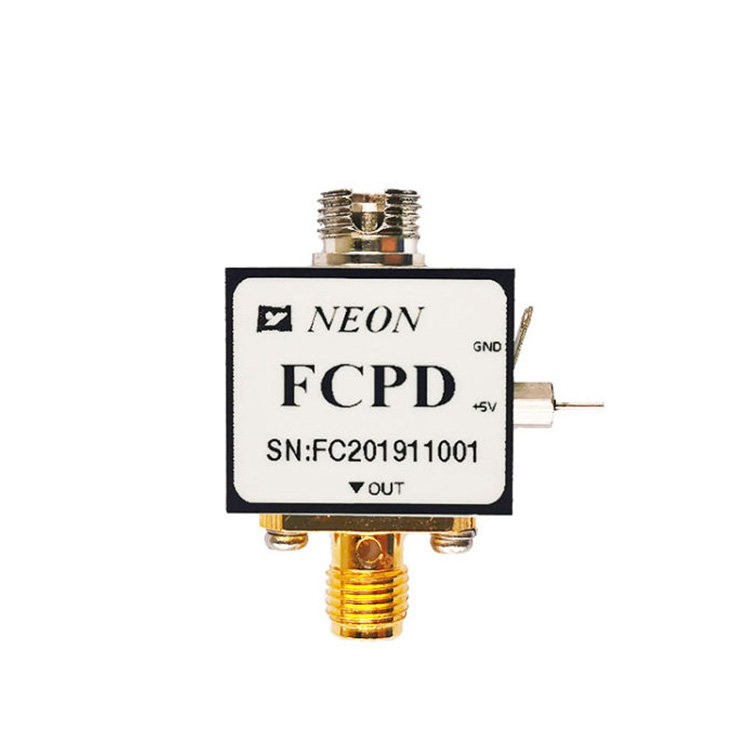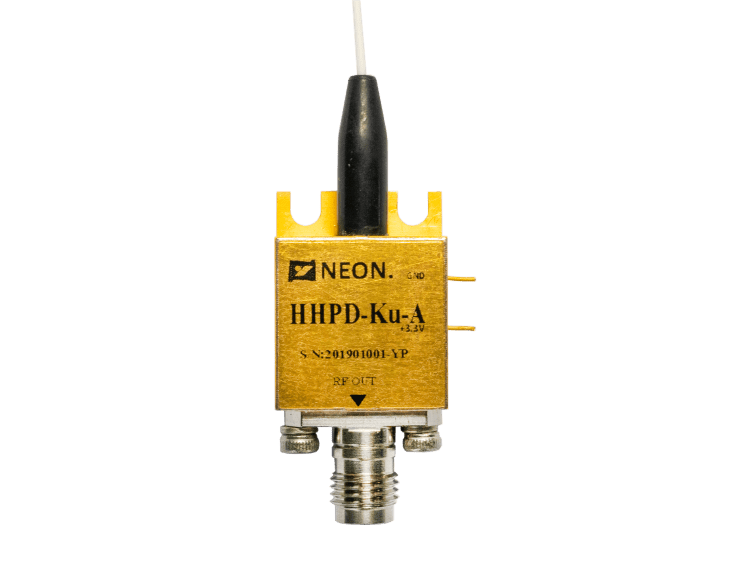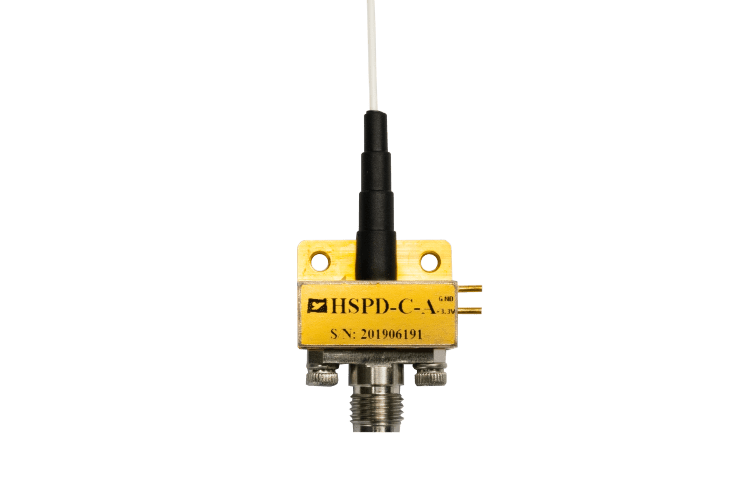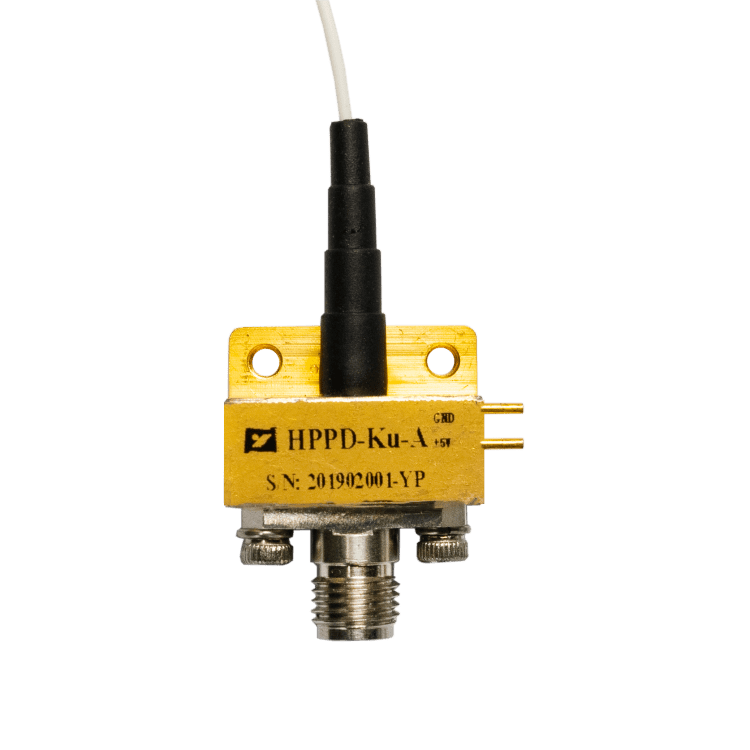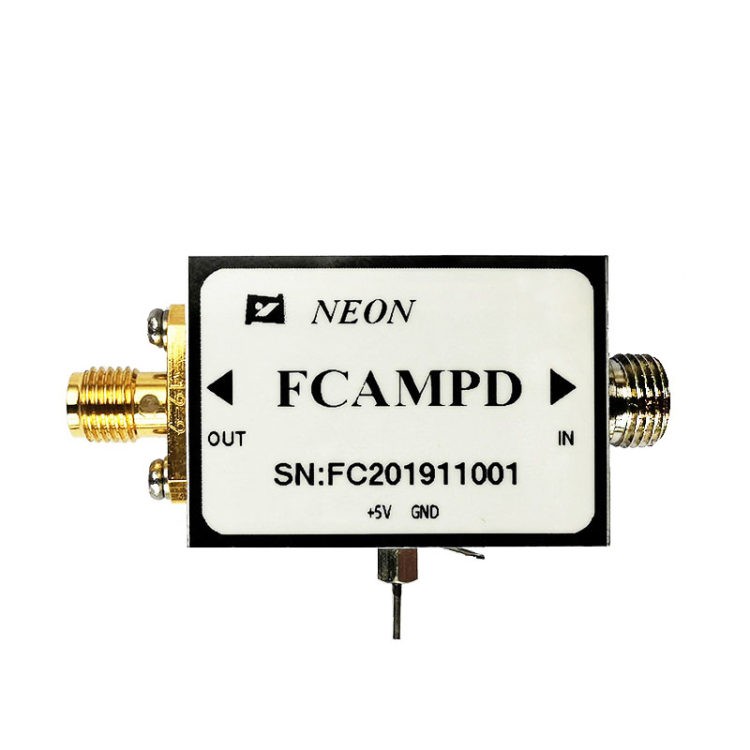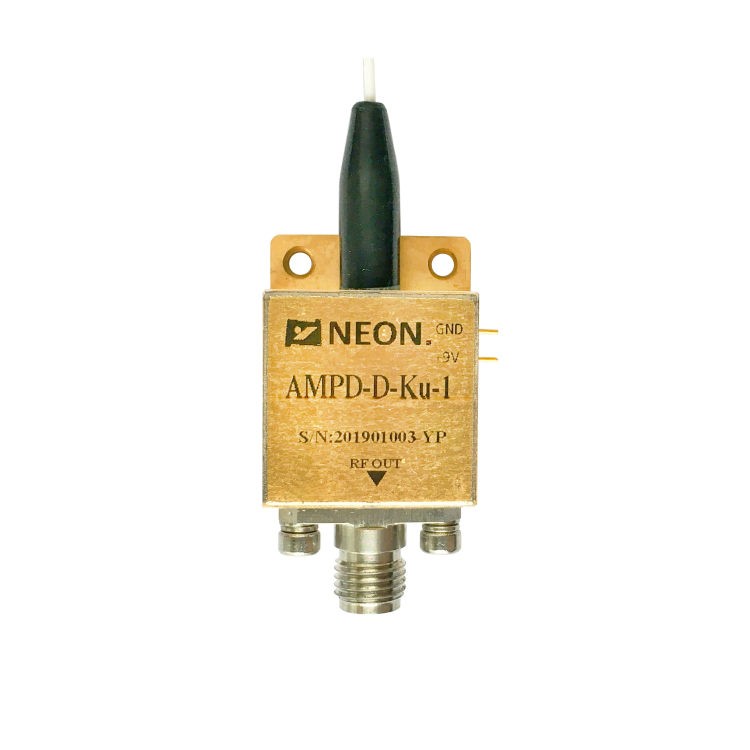Fiber-Coupled Photodetectors: Types and How to Choose
Fiber-coupled photodetectors are essential components in optical systems, converting optical signals transmitted through fiber into electrical signals for further processing. These detectors play a crucial role in various fields, including optical communication, remote sensing, scientific research, and industrial measurement. Selecting an appropriate photodetector requires an understanding of different detector types, their performance parameters, and application-specific requirements. This article provides a detailed overview of fiber-coupled photodetectors, their classifications, performance characteristics, and selection criteria.
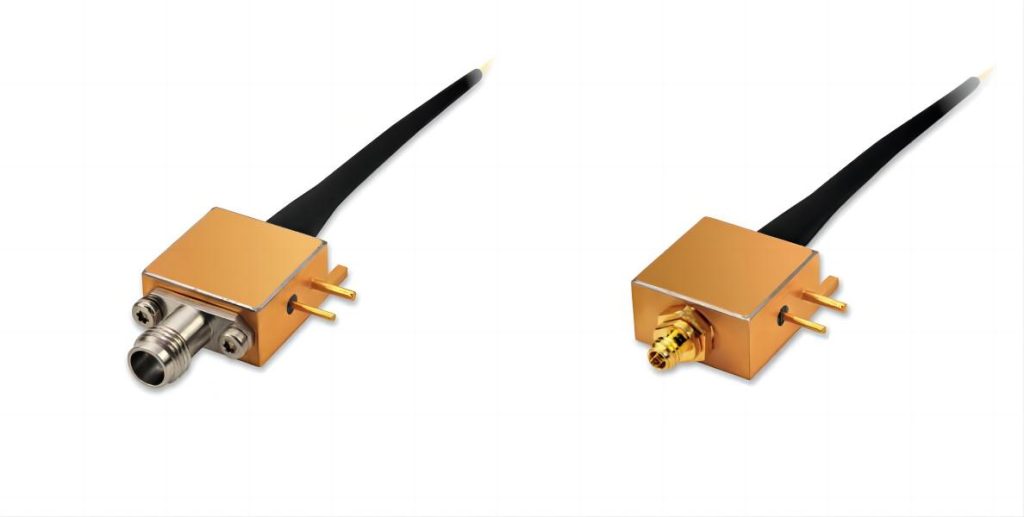
Types of Fiber-Coupled Photodetectors
Fiber-coupled photodetectors can be categorized based on their working principles and applications. The primary types include:
| Types | PIN Photodiodes | Avalanche Photodiodes (APDs) | Photomultiplier Tubes (PMTs) | Silicon Photomultipliers (SiPMs) |
| Working Principle | PIN photodiodes operate based on the photovoltaic effect, where incident light generates electron-hole pairs, producing a photocurrent proportional to the optical power. The intrinsic (I) region in PIN diodes increases carrier collection efficiency and response speed. | APDs function similarly to PIN photodiodes but introduce an internal multiplication effect through avalanche gain. This is achieved by applying a high reverse bias voltage, which accelerates photogenerated carriers, leading to impact ionization and additional charge carrier generation. | PMTs utilize the photoelectric effect and electron multiplication via a series of dynodes. When photons strike the photocathode, they release electrons that are sequentially amplified through multiple dynodes, producing a significant electrical output signal. | SiPMs consist of an array of micro-APDs, each operating in Geiger mode. When a photon is absorbed, it triggers an avalanche breakdown in an individual microcell. The summed response of all microcells provides a high-gain signal. |
| key Features | 1. High-speed response 2. Excellent linearity 3. Suitable for low-power and high-speed applications 4. Low internal gain, leading to lower noise | 1. High sensitivity due to internal gain 2. Suitable for low-light applications 3. Requires a high-voltage power supply 4. Higher noise compared to PIN diodes | 1. Extremely high gain (up to 106) 2. Ultra-sensitive for detecting very weak light signals 3. Requires high-voltage operation 4. Large physical size compared to semiconductor detectors | 1. High sensitivity to single photons 2. Compact and low operating voltage compared to PMTs 3. High gain with low noise 4. Suitable for applications requiring precise photon counting |
| Application | 1. Optical communication systems (fiber-optic links, data transmission) 2. Optical power measurement 3. Laser monitoring and alignment | 1. Long-distance fiber-optic communication 2. Low-light-level detection (e.g., astronomy, biomedical imaging) 3. High-speed optical detection | 1. Scientific research (e.g., particle physics, nuclear experiments) 2. Medical imaging (e.g., positron emission tomography, PET) 3. Fluorescence detection | 1. LIDAR (Light Detection and Ranging) 2. Biomedical imaging 3. High-energy physics experiments |
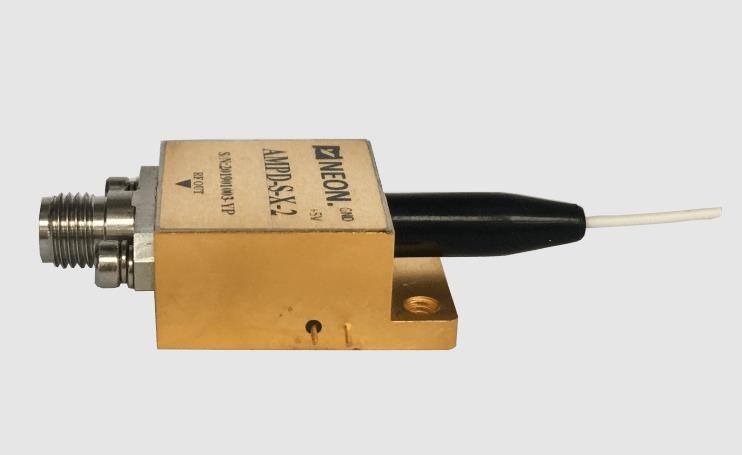
Key Performance Parameters of Fiber-Coupled Photodetectors
When selecting a fiber-coupled photodetector, various performance parameters must be considered:
1. Spectral Response Range
Each photodetector type has a specific spectral range in which it performs optimally. Selecting a detector with a spectral response that matches the operating wavelength is crucial.
| Detector Type | Spectral Response Range | Typical Applications |
| PIN Photodiode | 400–1700 nm | Optical communication, industrial measurement |
| APD | 800–1700 nm | Long-distance optical links, LiDAR |
| PMT | 100–900 nm | Scientific research, medical imaging |
| SiPM | 300–900 nm | LiDAR, PET scanners |
2. Quantum Efficiency (QE)
Quantum efficiency represents the percentage of incident photons converted into electrical charge carriers. A higher QE indicates greater detection efficiency.
- APDs and SiPMs typically have higher QE than PIN photodiodes.
- PMTs often have lower QE but compensate with extremely high gain.
3. Responsivity
Responsivity (A/W) measures how efficiently the photodetector converts optical power into electrical current. It is wavelength-dependent and often given in terms of μA/mW or A/W.
4. Response Time and Bandwidth
For high-speed applications, response time is a critical factor:
- High-speed communication systems require nanosecond (ns) or faster response times.
- APDs and PIN photodiodes are commonly used for such applications.
- PMTs and SiPMs have slower response times but are optimized for low-light detection.
5. Gain
Gain represents the internal amplification factor:
- PIN photodiodes: No internal gain, ensuring high linearity.
- APDs: Moderate gain (up to 100×), improving sensitivity.
- PMTs and SiPMs: Very high gain (up to 106), suitable for single-photon detection.
6. Noise Characteristics
Low noise is essential for high-precision measurements:
- PIN diodes: Lowest noise, best for linear applications.
- APDs: Higher noise due to internal gain.
- PMTs and SiPMs: Low dark current, but require signal processing to mitigate noise.
7. Coupling Mechanism
Fiber-coupled photodetectors typically use:
- FC/SC/ST connectors (for telecom and industrial applications)
- Free-space coupling (for laboratory or scientific use)
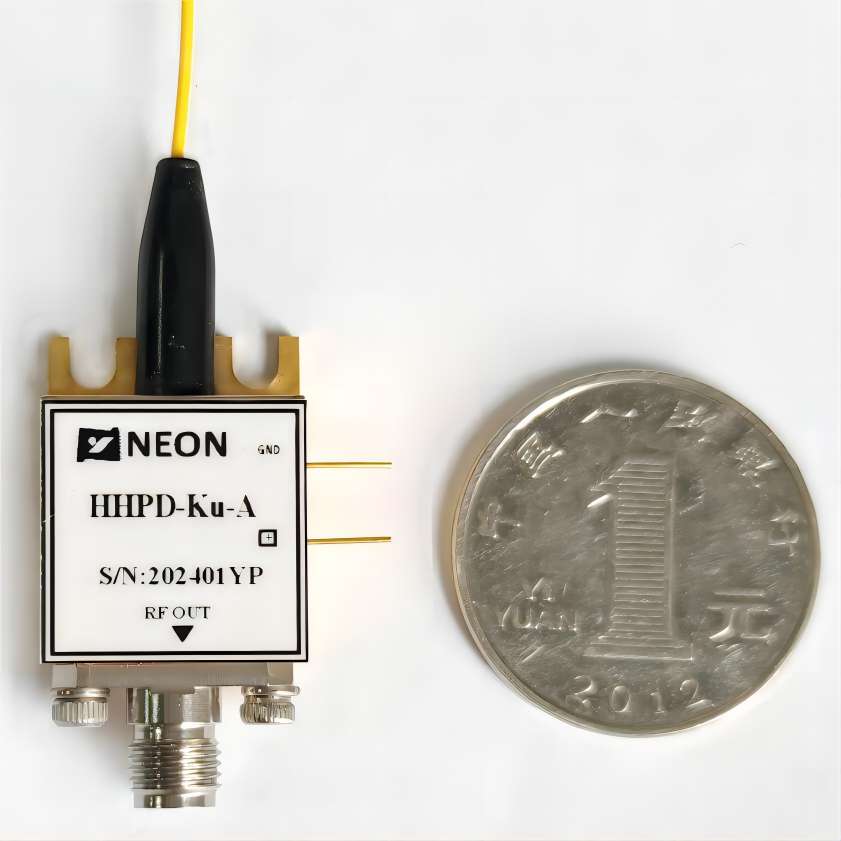
How to Select the Right Fiber-Coupled Photodetector?
The selection depends on the application requirements, including speed, sensitivity, and noise tolerance.
| Application | Recommended Detector | Key Parameters |
| High-speed optical communication (10G/100G) | PIN or APD | High-speed response, low noise |
| Weak light detection (long-distance fiber links) | APD | High gain, low noise |
| Ultra-weak light detection (scientific experiments, astronomy) | PMT or SiPM | High gain (up to 10610^6106), ultra-low noise |
| Industrial optical power measurement | PIN | High linearity, wide spectral response |
| LIDAR (laser detection and ranging) | SiPM or APD | High-speed response, suitable for pulsed detection |
Fiber-coupled photodetectors are essential components in modern optical systems. Their selection depends on a variety of factors, including spectral response, speed, gain, and noise performance. PIN photodiodes are ideal for general optical communication and measurement, while APDs offer improved sensitivity for weak light detection. PMTs and SiPMs excel in applications requiring ultra-low light detection and single-photon counting. By carefully evaluating the specific needs of an application and comparing detector specifications, one can select the most suitable fiber-coupled photodetector to achieve optimal performance.


